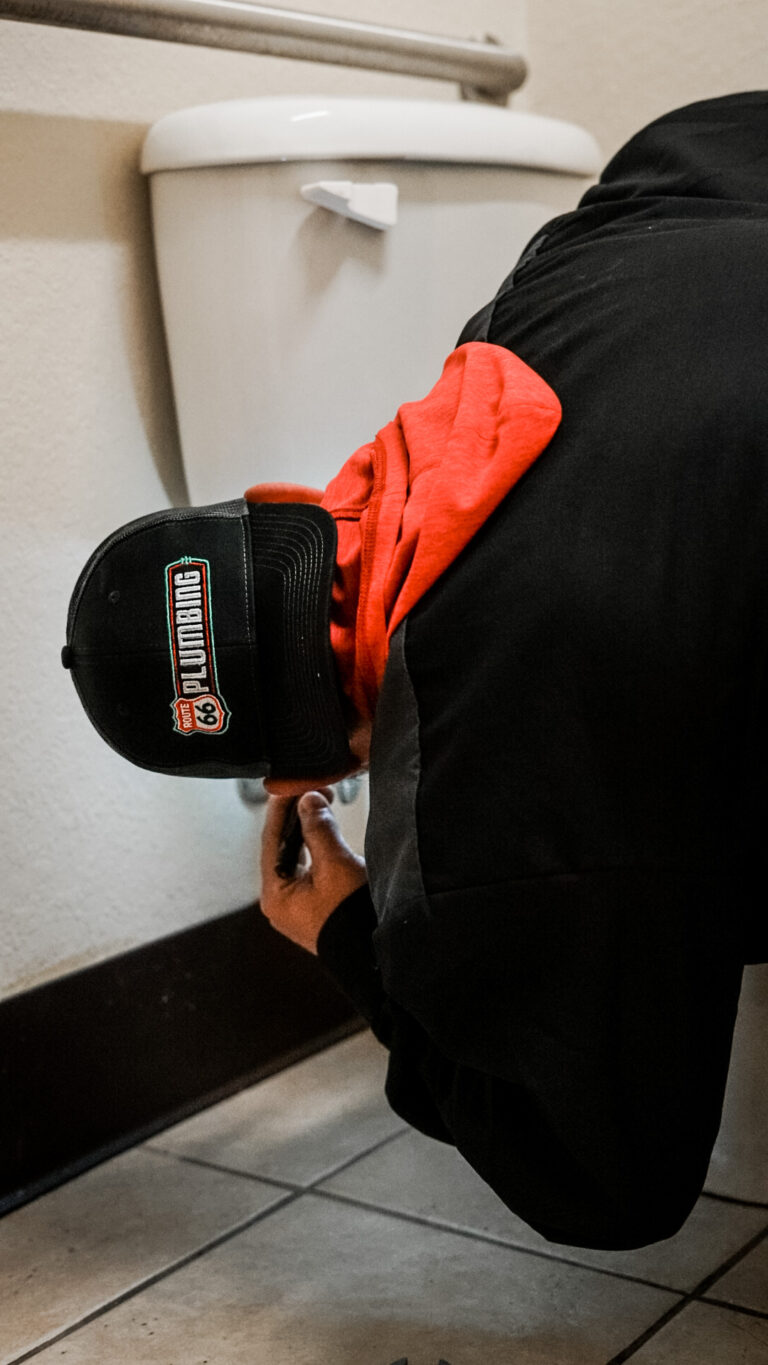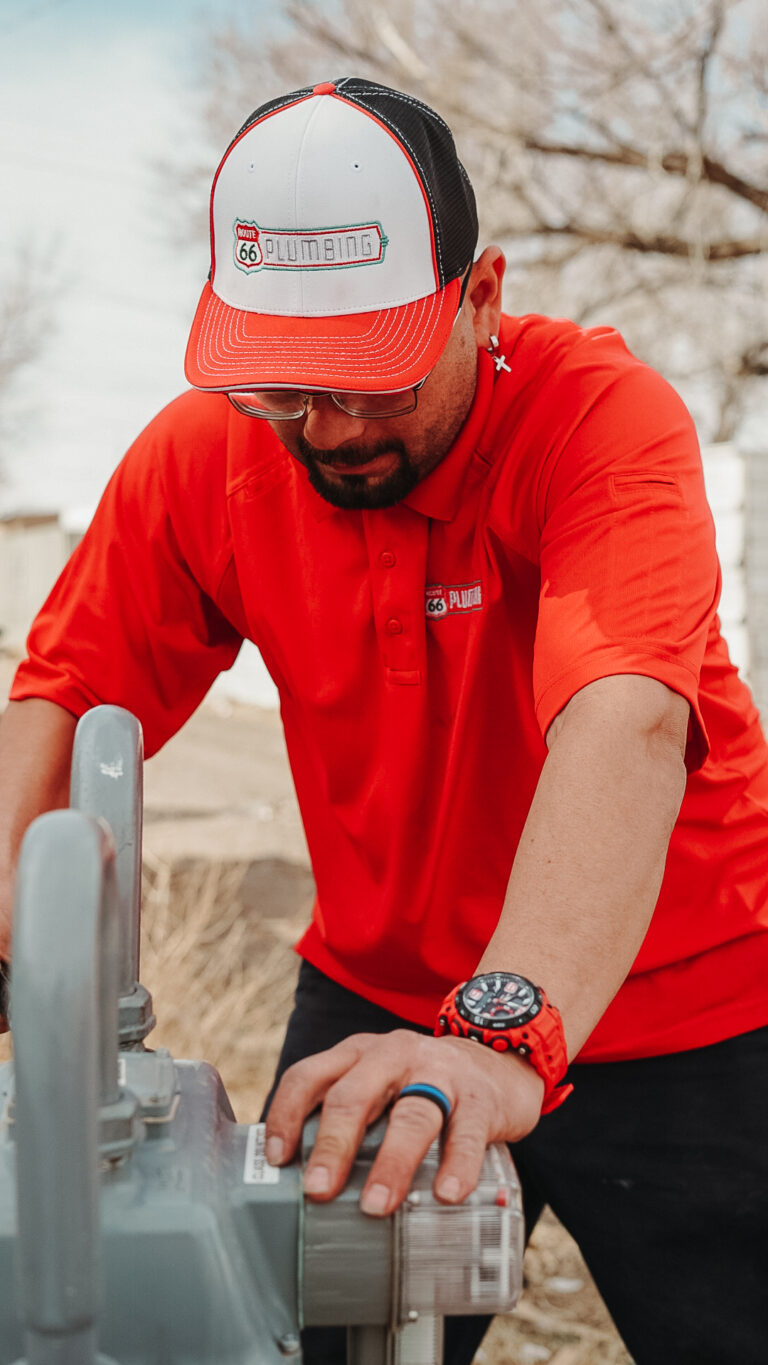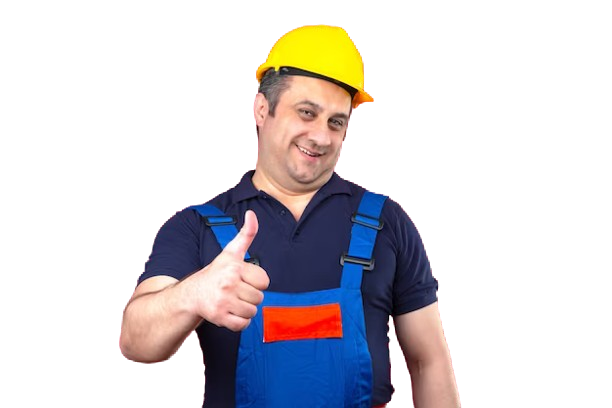Plumbing Maintenance- 10-Point Checklist for a Healthy Home
Maintaining your plumbing system is crucial for a healthy, functional home. Regular checks and maintenance can prevent costly repairs and ensure everything runs smoothly. Here’s a comprehensive and user-friendly 10-point checklist for plumbing maintenance services.
Inspect for Leaks
Leaks, even minor ones, can lead to significant water damage, mold growth, and increased water bills over time.
Under Sinks:
Regularly check under kitchen and bathroom sinks for any signs of water damage, such as dampness, mold, or water stains.
Around Toilets:
Examine the area around the base of the toilets for water damage or discoloration.
Visible Pipes:
Look for drips, puddles, or wet spots on all visible pipes. Pay attention to pipes in basements and crawl spaces.
Water Meter Check:
Turn off all water-using appliances and faucets, then check your water meter. If it’s still moving, you likely have a leak.
Test Water Pressure
Proper water pressure ensures efficient water flow. Low pressure can indicate blockages or leaks, while high pressure can strain pipes and fixtures, leading to damage.
Use a Water Pressure Gauge:
Attach a water pressure gauge to an outdoor faucet or a sink faucet. The ideal water pressure is between 40-60 psi.
Adjust Pressure Regulator:
If pressure is too high or too low, adjust the pressure regulator, usually located near the main water line.
Check Regularly:
Test water pressure at least once a year or if you notice a sudden change in water flow.
Check for Slow Drains
Slow drains can indicate clogs or buildup that may eventually cause blockages or damage to your plumbing system.
Clear Clogs:
Use a plunger or a drain snake to clear minor clogs. For persistent issues, consider using a natural drain cleaner like a mixture of baking soda and vinegar.
Run Water:
Test sinks, tubs, and showers by running water and observing the drainage speed.
Prevent Buildup:
Avoid pouring grease or coffee grounds down the sink. Use strainers to catch hair and debris in bathrooms.
Inspect Water Heater
Regular water heater maintenance can prevent issues such as rust, sediment buildup, and inefficiency, extending its lifespan and performance.
Visual Inspection:
Check the tank and connections for rust, corrosion, or leaks. Ensure the area around the water heater is dry.
Flush the Tank:
Drain a few gallons of water from the tank every six months to remove sediment buildup. Refer to the manufacturer’s instructions.
Check the Temperature:
Ensure the water heater is set between 120-140°F to prevent scalding and reduce energy consumption.
Inspect the Anode Rod:
Check and replace the anode rod every 2-3 years to prevent tank corrosion.
Examine Exposed Pipes
Exposed pipes are vulnerable to damage, freezing, and corrosion, which can lead to leaks and bursts.
Visual Inspection:
Look for signs of wear, rust, or corrosion on exposed pipes in basements, crawl spaces, and under sinks.
Insulate Pipes:
Wrap pipes in unheated areas with insulation to prevent freezing in winter. Use foam pipe insulation or heat tape.
Secure Loose Pipes:
Ensure that pipes are securely fastened to prevent movement and reduce the risk of damage.
Test Toilet Functionality
Toilets are a major component of your plumbing system, and issues can lead to leaks, water wastage, and inconvenience.
Check for Leaks:
Look for water around the base of the toilet and in the tank. Use food coloring in the tank to check for leaks into the bowl.
Flush Test:
Ensure the toilet flushes completely and that the water fills the bowl and tank correctly.
Replace Parts:
If the toilet runs constantly, replace the flapper or fill valve. Check the flush handle and chain for proper operation.
Inspect Wax Seal:
If you notice water around the base, the wax seal may need replacement.
Inspect Faucets and Showerheads
Dripping faucets and showerheads wastewater may indicate wear or damage.
Check for Drips:
Turn off the water and listen for drips. Examine faucets and showerheads for leaks.
Clean Aerators:
Remove and clean aerators on faucets to remove mineral buildup. Soak them in vinegar if necessary.
Replace Washers:
If a faucet continues to drip, replace the washer or cartridge. This is typically an easy DIY fix.
Clean and Maintain Drains
Regular drain maintenance prevents clogs and ensures efficient water flow.
Clear Debris:
Use strainers to catch hair and debris in sinks, tubs, and showers. Regularly clean out collected debris.
Natural Cleaners:
Monthly, pour a mixture of baking soda and vinegar down the drains, followed by hot water to maintain clear pipes.
Avoid Chemical Cleaners:
Avoid harsh chemical drain cleaners that can damage pipes. Opt for enzymatic or natural cleaners instead.
Check Outdoor Plumbing Maintenance
Outdoor faucets, hoses, and sprinkler systems can suffer from leaks and weather-related damage.
Inspect Hoses
Check garden hoses and connections for leaks. Replace damaged hoses.
Winterize Faucets:
Before the first frost, disconnect hoses and drain outdoor faucets. Use faucet covers or insulate to prevent freezing.
Sprinkler Systems:
Regularly check sprinkler heads and lines for leaks and proper operation. Adjust settings for seasonal changes.
Examine Sump Pump
A functioning sump pump is crucial for preventing basement flooding during heavy rains or high groundwater levels.
Test the Pump:
Pour water into the sump pit to ensure the pump activates and removes the water. Test it monthly, especially before the rainy seasons.
Clean the Pump:
Remove debris and check the discharge line for obstructions.
Backup Power:
Consider installing a battery-operated backup sump pump to ensure functionality during power outages.
Regular Plumbing Maintenance Tips:
Professional Inspections:
Schedule annual inspections with a professional plumber to catch issues early.
Use Strainers:
Place strainers in sinks and tubs to catch hair, food particles, and debris.
Mindful Flushing:
Only flush toilet paper and human waste. Avoid flushing wipes, feminine hygiene products, and other items.
Educate Household Members:
Ensure everyone in the house knows basic plumbing maintenance and what not to flush or pour down the drains.
By diligently following this comprehensive 10-point checklist, you can maintain a healthy plumbing system, avoid unexpected repairs, and ensure your home’s plumbing operates efficiently. Regular maintenance not only extends the life of your plumbing but also provides peace of mind, knowing your system is in top shape.






